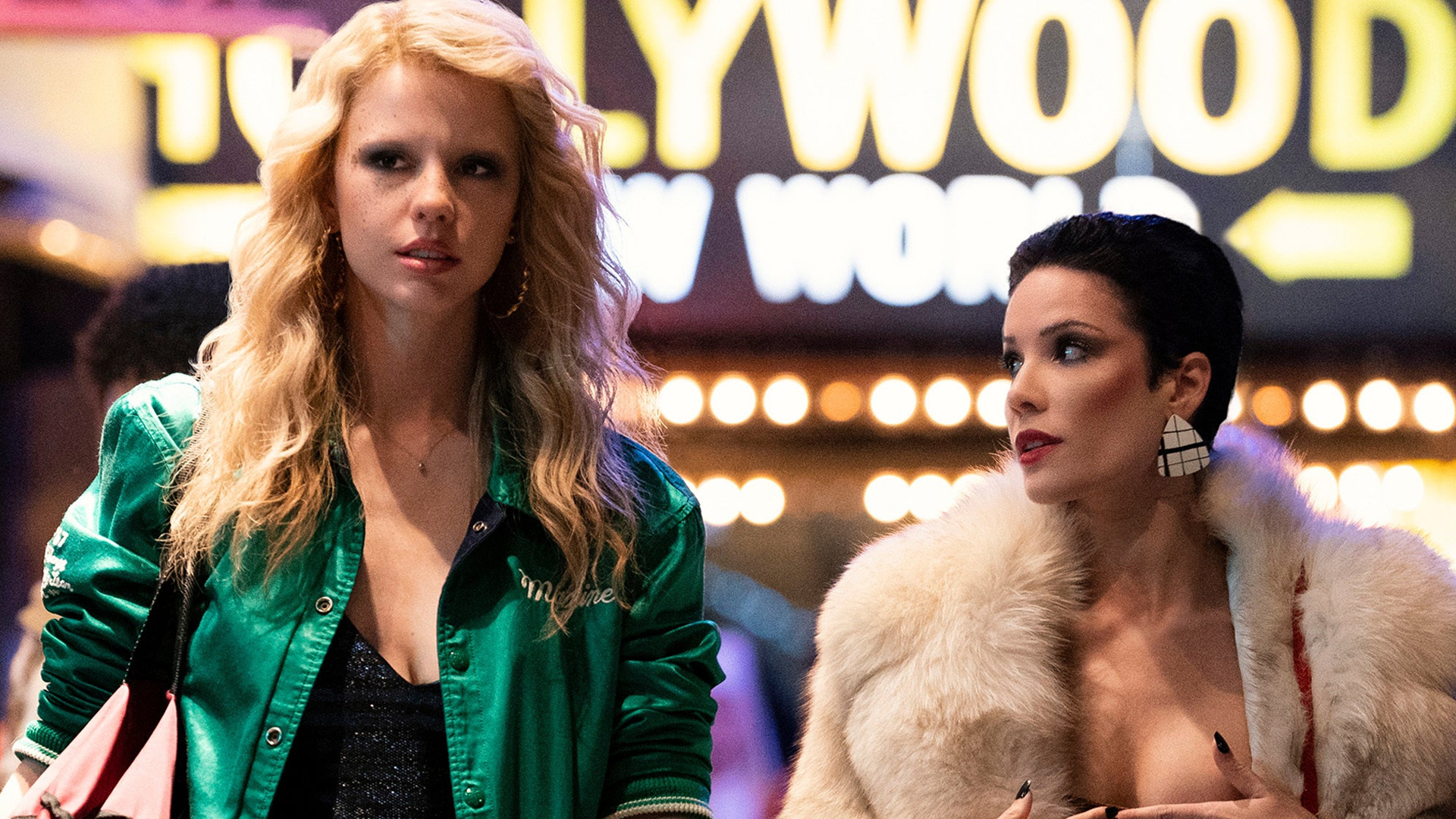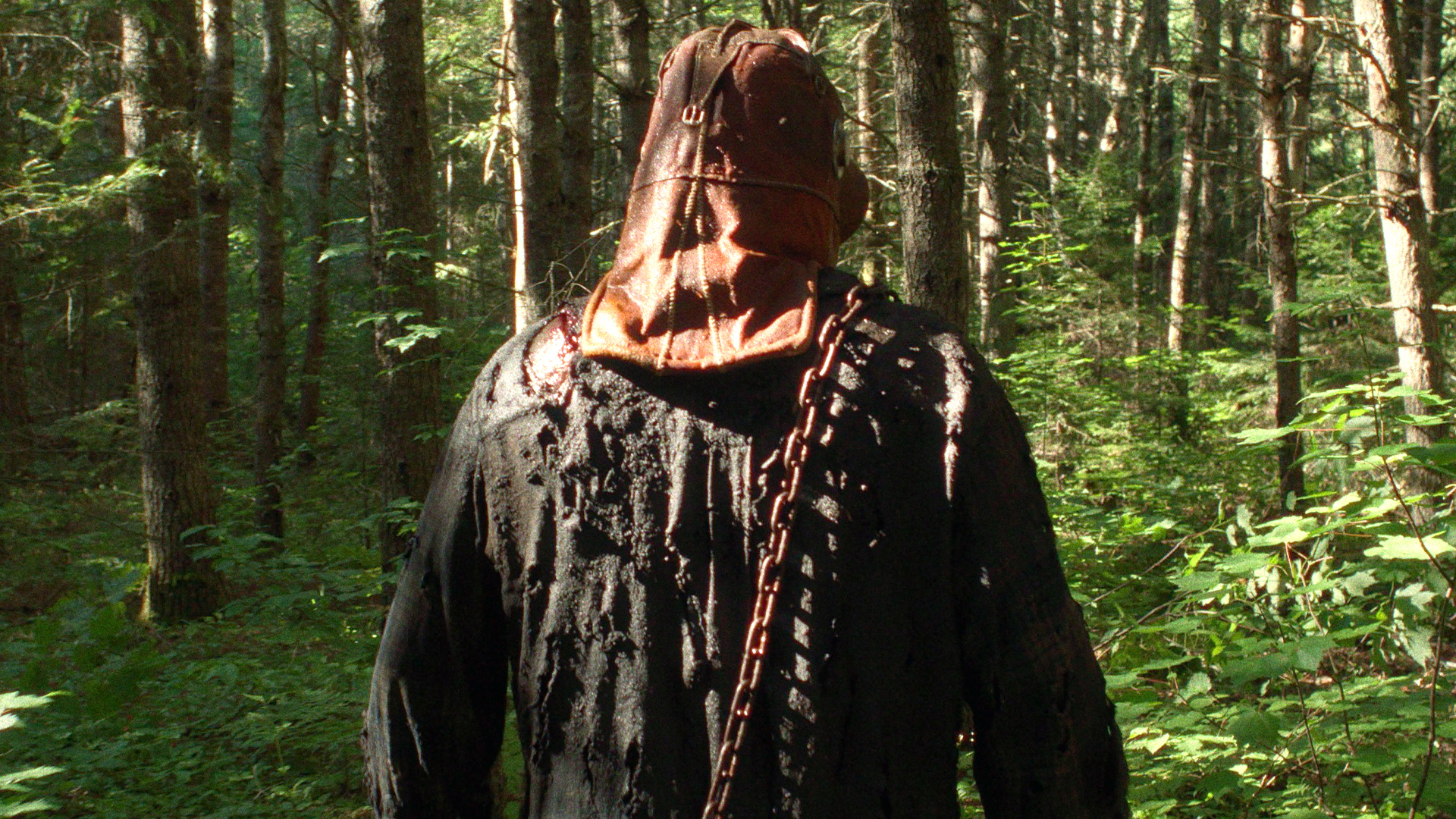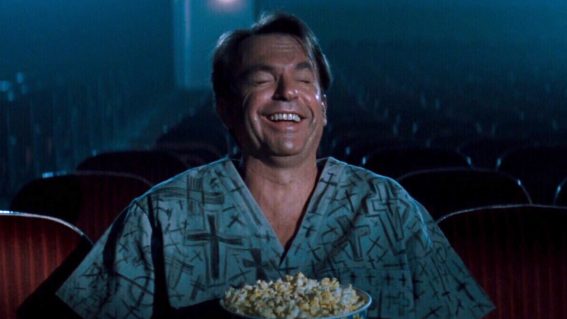Between Longlegs, MaXXXine and all the rest, was July the month of indie horror?

It’s been big month for horror fans, with a deluge of independent genre pics in cinemas. Rory Doherty looks back at a month drenched in non-studio horror ingenuity.
Thanks to franchise faith and studio-tier marketing power, it’s no surprise the horror-sci-fi prequel A Quiet Place: Day One registered an impact similar to the alien collisions detailed in the film’s opening act. Day One is the first A Quiet Place film without John Krasinski holding the directing reins, as indie director Michael Sarnoski took the franchise job and tried to imbue his small-scale sensibilities into the spectacle.
Sarnoski more or less managed this, but his transition from splashy indie fare to blockbuster-tier filmmaking is notable because it was the last big horror release before a month of back-to-back scary movies from independent artists and distributors.
Five indie horror movies dropped in the UK this July, each with a different subgenre, angle, and reception. While it’s tempting to say that July celebrated non-studio horror ingenuity, it’s important to note that not all these titles had an even playing field—in fact, last month still felt like a competition for the genre.

If we’re talking winners, no one had a hope in hell of catching up to Longlegs. Oz Perkins’ Satanic serial killer film riffed on FBI procedurals and Catholic horror—complete with a glam rock-infused Nicolas Cage performance—to the tune of (at the time of writing) a global cume of $70 million. The film was so tantalising because we knew so little about it: Perkins’ mannered, dread-inducing aesthetic combined with elliptical plot details made audiences worldwide desperate to figure out what horror lay in store for them.
After some incredible early buzz (which set some up for disappointment), distributor Neon and Black Bear leaned heavily into just how horrifying watching Longlegs would be—which was a rousing success, beating the previous domestic indie horror box office record Talk To Me by a wide margin. But in its snowballing success, there’s a chance Longlegs’ personal, sad, and darkly funny shades were misrepresented in the marketplace—and that it hogged the limelight from a whole host of other deserving titles.

Maybe one of those deserving titles wasn’t MaXXXine, which a year ago seemed a lock for one of the buzziest horror films of the year, but it turned out the low-budget trappings of the shot-back-to-back slasher dyad X and Pearl didn’t hinder those projects but rather benefited them. Boasting more of a mid-sized budget and expanding its scope across 80s Hollywood, Ti West and Mia Goth concluded their trilogy about the history of film and horror with a fizzle—an attractive fizzle, for sure, but definitely not the bang the souped-up production needed (the film has yet to crest $20 million worldwide).
Another lesson of making small horror films success stories is that word of mouth makes or breaks a production. The lukewarm, confused reactions to MaXXXine, combined with how West makes the fatal choice of being a direct sequel to a film that came out over two years that was never anyone’s favourite film in the series, nearly killed it stone dead.

But both these films came from robust, Best Picture-winning independent distributors (Neon and A24) that pay for meaty marketing campaigns—reaching a wider audience with fewer resources or screens is a much greater challenge. The subdued slasher In a Violent Nature, which pairs us with a Jason Vorhees-lite killer for 90 minutes of walking and occasionally killing, deliberately denies the familiar structure and thrills of a slasher flick, so it’s no surprise that the film struggled to find a home outside of cinephile circles.
There are other impediments to indie horror getting ahead of star-led, broad-appeal competitors. If a film can’t be pinned down to a specific genre, it’s tough to hook an audience: Jason Yu’s Korean-language Sleep straddles comedy and horror with much more sharpness than MaXXXine, with even the horror elements jumping between psychological and possession horror with a good deal of dysfunctional relationship drama thrown in.

Jane Schoenbrun’s queer fable I Saw the TV Glow, which feels more coming-of-age surrealism than straight horror while also being one of the scariest watches of the year, had to fight to even be shown in UK cinemas, with the director even calling for it to get a wider release. It’s also an A24 film—it’s a shame that the trendy label decided to nearly exclusively back their more expensive release rather than the more compelling one.
Nowadays, word of mouth isn’t restricted to a single country—audiences have their social media feeds flooded with voices talking about new, exciting films direct from America, festivals, and elsewhere. This means that if a film doesn’t have a synchronised release in America, Britain, Australia and NZ, a fate reserved for Sleep, In a Violent Nature, and I Saw the TV Glow but not MaXXXine or Longlegs, it’s harder to build a true, excited chorus that drives traffic for your film. You can have a crazy range of exciting independent horror, but distributors still need to pull their weight to do them justice.

























